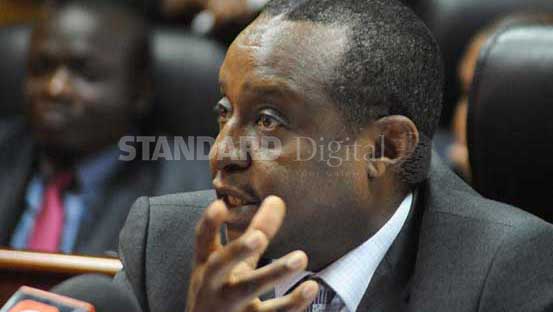×
The Standard e-Paper
Stay Informed, Even Offline

NAIROBI, KENYA: Kenya may have sunk into one of its worst financial holes in recent times.
It has emerged that the Government has been denied access to the International Monetary Fund’s precautionary credit facility, which leaves the country in a precarious position in the event of external shocks such as a sudden rise in the price of oil or strengthening of the US dollar.